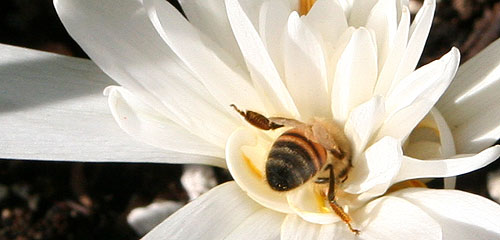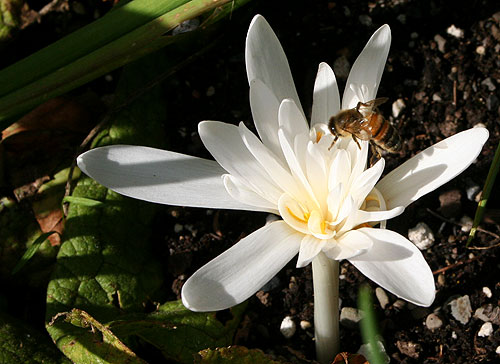Thursday from 6:30 to 8 p.m. Eastern Standard Time, I’ll be part of a ‘webinar’ (online web seminar) previewing a new website (The Bulb Project) for educators to help them use flower bulbs to teach science and other subjects. My friend and colleague Marcia Eames-Sheavly (who heads-up the Garden Based Learning program at Cornell) and Elly Cramer (technical wizard with the National Science Digital Library project at Cornell) are the others on the presenter team.
The webinar is basically an online PowerPoint presentation where we’ll voice over the slides. But it also involves interactive features during the presentation, including online chat during the presentation. It’s sponsored as part of an on-going serices by the National Science Teachers Association.
We won’t be detailing any cutting-edge bulb growing techniques. The focus is how to use bulbs in the classroom or informal learning settings, like after-school programs, 4-H groups, homeschooling, etc.
If you or someone you know works with children or youth, this should be right up your alley. Of if you just want to look at some pretty bulb pictures on a cold night, or experience a webinar, tune in. It’s free. And you can find more information at the NSTA webinar website.









